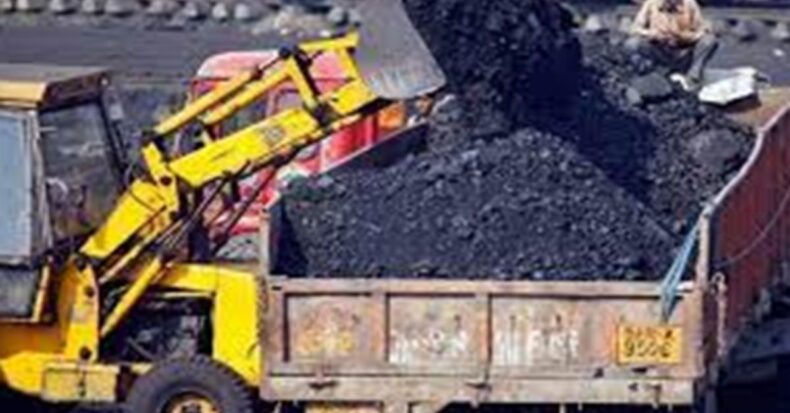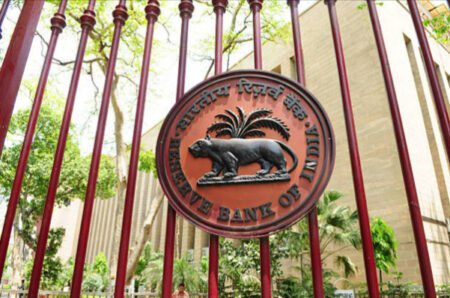Due to the price hike of commodities such as oil and coal, India is supposed to face even more scarcity. The price rise of these commodities exposed India to macro risks. The macro hazards include the already existing inflation, the growth of inflation at such a rapid pace. This is according to a foreign daily.

Morgan Stanley’s analysis:
The analysts at Morgan Stanley said, ” There has been 14 per cent jump in oil prices to USD 83 per barrel and a 15 per cent rise in coal rate to USD 200 per metric tonne.”They further added, “ This rise in energy prices, especially oil has prompted concerns of higher inflation, slower growth and whether this could lead to disruptive monetary policy tightening.”
They said that there were
many risks to inflation, and growth won’t improve from a two-year compounded annual growth rate, which may also, in turn, lead to the equalization of the policy. Inflation will also rise towards 55 per cent by the quarter ending March 2022, and it was marked below the 5 per cent mark in the previous readings. The analysts at Morgan Stanley said that a simultaneous rise in the prices of commodities such as oil and coal significantly increases inflation risks.
Effect on Consumer Price Index:
Considering a complete pass, the 10 per cent rise in oil prices may increase the CPI inflation by 0. 45 per cent.CPI is Consumer Price Index. But on the present account balance side, it gave India imports of oil demands of about 80 per cent, and a 10 per cent rise in the price of oil can increase the CAD by 0.30 per cent of the Gross Domestic Product (GDP), said the oil analysts.
CAD is a Current Account Deficit. Moreover, it, along with the exports, will also ensure that the current account gap remains closed to at least 1 per cent in FY22, they said. “In such a scenario, we think the rupee could also temporarily test 78 against the USD.
It is Swiss per UBS said a USD 10 per barrel average increase in global crude prices would widen India’s current account deficit (CAD), by USD 14 billion or 0.5 per cent of the Gross Domestic Product (GDP) , and if oil prices rise towards USD 100 per barrel, it could temporarily push the CAD to about 3 per cent.”
“On the growth front, while the near-term risks have emerged due to the shortage of the supply like the shortage of semiconductor chips affecting the auto sector, similarly the need of coal storage involving the process of power generation.
Reserve Bank of India’s normalisation:
At the margin, this process is relatively stable. And according to coal analysts, this impact is to be transitory. The growth of the data, which is at a high frequency, is increasing at a fast pace. In this, most of the indicators have moved to a favourable zone on a two-year CAGR basis.
The process of normalization is to be started by the Reserve Bank of India (RBI) with a 0.15 to 0.20 per cent increase in the reverse rate.
This is the rate at which it absorbs excess liquidity. It further added that if the growth improves further, the central banks also may increase this rate. In the shortage of coal, the UBS attributed understocking.
The need for coal mainly occurred during the previous months before the monsoon arrived, according to the normative requirements. Coal India regulated the supply of defaulting of power plants. This resulted in a large than expected rise in the power demand on the recovery of the economy. The coal analysts said.












